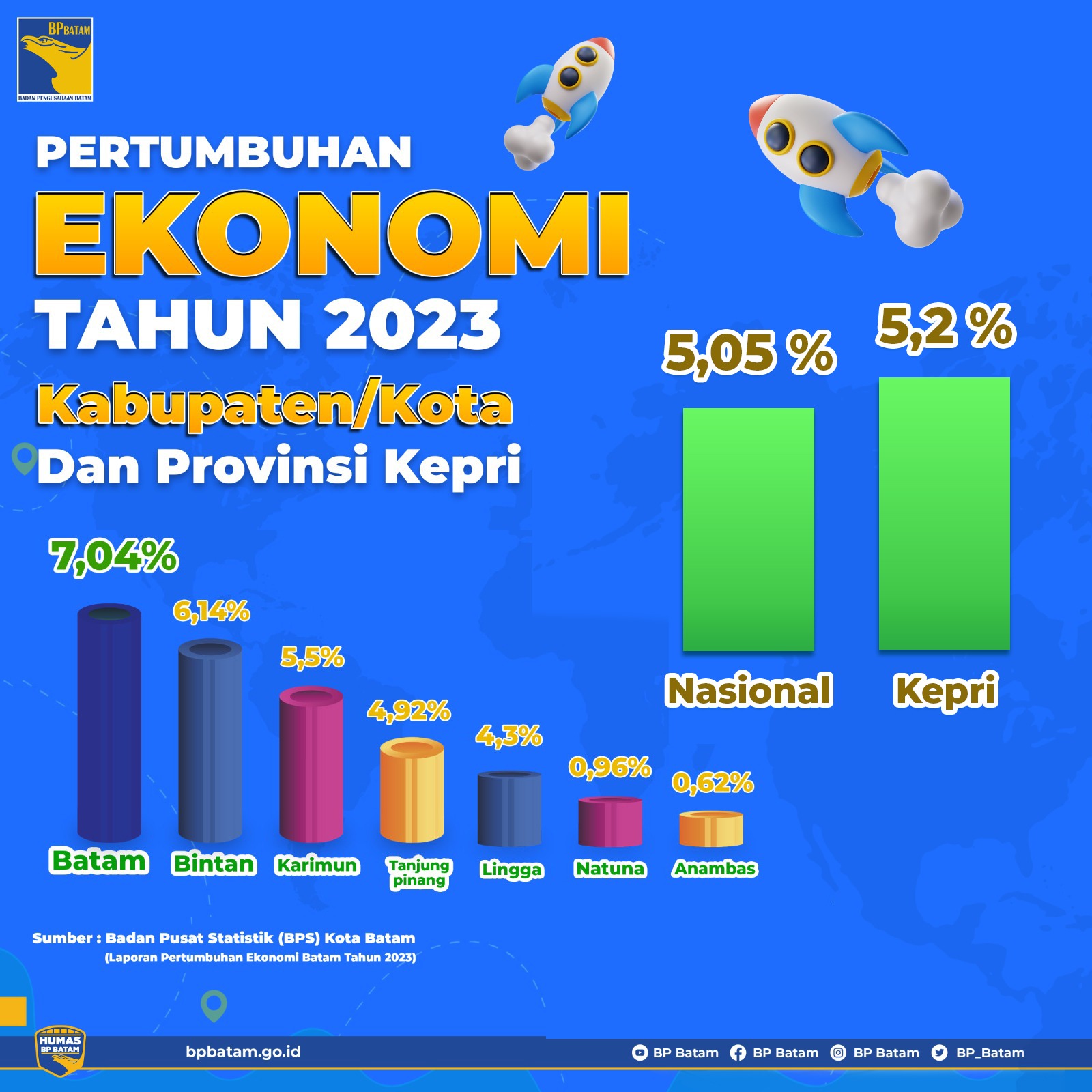New York City, the US – In Queens, 26-year-old Claudia, a first-generation college-educated Latina born in the United States, sat at her family’s dinner table engaging in heated political debates that switched seamlessly between English and Spanish. She and her immigrant parents from Mexico and El Salvador clashed over the future of the country they all call home.
“It’s not about loving [Democratic candidate Vice President Kamala] Harris,” Claudia said, disappointed with the administration’s handling of Israel’s war on Gaza and immigration, but committed to voting against Republican candidate and former President Donald Trump’s return.
Her parents, US citizens for more than a decade, feel differently. They worry about their economic security – like 52 percent of Latinos, according to a June survey. And they support Trump for his economic policies and in frustration at the inflation the US has experienced in the last few years.
Their resentment is directed towards the support of President Joe Biden’s administration for “new immigrants arriving with benefits, a hotel, and a pathway to documents”, while their own relatives remain undocumented – a population that Trump has threatened to deport.
This generational divide within one family – part of one of the fastest-growing demographics in the US, with 36.2 million eligible voters making up 14.7 percent of the electorate – illustrates the challenges both parties face in appealing to a group that resists simple categorisations.
‘Latinos are not a monolith’
Eligible Latino voters in the US are demographically diverse. About 60 percent are of Mexican heritage, 13 percent are Puerto Rican, while Cubans, Dominicans, and other Central and South Americans each represent less than 7 percent, according to the National Museum of the American Latino.
Latino voters are also, of course, men and women, young and old, and immigrants and US-born.
But despite this diversity, political campaigns and the media often approach Latinos as a single voting bloc. “The biggest misconception is treating Latinos as if they’re the same or can be reached with a single message. It’s about the diversity of ideas, experiences, ideologies,” Julio Ricardo Varela, founder of The Latino Newsletter and an MSNBC columnist, told Al Jazeera.
“The phrase ‘Latinos are not a monolith’ should be eliminated—it’s already mainstream. The real question is, why haven’t political parties realised this?” he asked.
As polls reveal that immigration ranks lower among Latino voter priorities, campaign ads are adjusting their focus to better connect with new voters. Both Trump and Harris have expanded outreach, including town halls with Latino voters hosted by Univision, one of the largest Spanish-language networks in the US.
However, the rise of misinformation on social media, often spreading in Spanish and targeting immigrant communities, complicates these outreach efforts and has shaped perceptions on critical issues.
Misinformation on social media spreads false claims about issues like immigration policies, voting processes, and government benefits. This can foster confusion and mistrust, potentially affecting how Latino voters perceive campaign messages.
Experts agree that campaigns now face a dual challenge: reaching Latino voters with tailored messages while also countering misleading narratives that may distort views.
Trump’s appeal
Despite his anti-immigration rhetoric, Trump is gaining traction with Latino voters by tapping into nostalgia for the strong economy under his presidency, high-profile endorsements from reggaeton artists, and Spanish-language ads.
However, Trump’s strongest appeal lies in fearmongering about communism, a message spread widely on Spanish-language social media by Trump and his affiliates.
This outreach has also resonated with Latino evangelical communities, who make up 15 percent of Latinos in the US and are a fast-growing group among American evangelical Christians, with nearly half leaning Republican, according to a 2022 Pew Research Center survey.
For many Latino immigrants, especially those from Cuban and Venezuelan communities, Trump’s messaging also resonates with memories of leftist regimes. “Republicans have weaponised the fear of socialism and communism, especially in Florida,” said Paola Ramos, author of Defectors: The Rise of the Latino Far Right and What It Means for America.
According to Varela, Trump’s tactics mirror Latin American political strategies that shape election narratives and outcomes.
Recently, Trump shared an AI-generated image of Vice President Kamala Harris addressing a “communist” crowd on X, which garnered more than 81 million views.
Varela also notes that anti-communist ads in Spanish media specifically sasaran working-class, Spanish-speaking men, framing economic security as a defence against ideological threats.
NYU professor and political scientist Cristina Beltran suggested that Trump’s appeal taps into ideals of masculinity and hierarchy, offering a sense of belonging within a nationalist vision of the US.
“Whiteness has historically been a way of understanding American membership as a politics of domination,” she explained to Al Jazeera.
For some Latino men, this framework provides a sense of elevated status, as Trump’s promise of prosperity and stability appeals to those who see themselves positioned above the undocumented. Beltran added that Trump “gives Americans a permission structure to embrace these attitudes”.
Harris moving beyond identity politics
Polling indicates that most Latino voters still favour Harris over Trump.
Under campaign manager Julie Chavez Rodriguez, the first Latina to lead a general election effort, the Harris team has broadened Latino outreach, expanding efforts September 15 to October 15, during Hispanic Heritage Month.
The campaign has ramped up ad spending directed at specific Latino groups, such as Hispanic women, “Hombres con Harris” [Men for Harris], and 13 diaspora groups like “Boricuas con Kamala” [Puerto Ricans for Harris] and “Mexicanos con Kamala” [Mexicans for Harris]. The campaign also allocated $3m for Spanish-language radio ads.
Harris’s message moves beyond identity politics, with recent ads in Arizona, Nevada, and Pennsylvania focused on economic concerns, high drug prices, and crime.
Political scientist Beltran observed that Harris is balancing her identity as a woman of colour with broader policy appeals. “Nobody wants to be simply reduced to their race or gender,” she explained.
“The Harris campaign recognises this and aims to connect with voters on a range of issues, understanding that identity encompasses much more than demographics.”
Her outreach has included ads tailored to Puerto Rican communities, contrasting with Trump’s recent Madison Square Garden rally, which faced backlash over controversial remarks made by a comedian about Puerto Rico.
Beltran noted that Harris’s approach has been strategic: “It’s been interesting watching Harris run ads where Latinidad [Latino cultural identity] isn’t explicitly mentioned, but the visuals feature people who look identifiably Latino – often brown-skinned individuals with voiceovers in accented English.”
“This is a subtle way to signal that these ads are targeted at Latinos. I actually wish they included voices with and without accents to further reflect diversity.”
Varela pointed out that “the campaign is shifting to recognise it’s about regional diversity”. He also highlighted Harris’s “opportunity economy” plan, which appeals to Latinos by emphasising pragmatic economic growth, through job creation, small business support, and affordable housing, especially in underserved communities.
“Harris positions herself as a ‘pragmatic capitalist’,” he explained, noting that Latinos are reshaping the US economy, contributing $3.6 trillion to the gross domestic product (GDP). This impact is driven by high rates of entrepreneurship, labour force participation, and essential roles in sectors like manufacturing, retail, and construction, though representation issues persist.
A politically independent generation
Analysts agree that campaigns are increasingly leveraging social media to reach a new generation of Latino voters, who may no longer see themselves as defined solely by their Latinidad.
These diverse perspectives are amplified by Latino influencers, some aligning with Harris, others with Trump, each reflecting a spectrum of political allegiances.
“There’s also a growing movement among young Latinos identifying as politically independent,” noted Varela, that has often been overshadowed by traditional party narratives.
Now, more young Latino voters are reasserting this stance, demanding a political representation that speaks to their unique experiences and values.
“Latinos are no longer confined to Democrat or Republican labels,” Varela concludes. “This politically independent movement is not just asking for recognition—it’s reshaping the boundaries of American politics.”

 2 minggu yang lalu
2 minggu yang lalu




:strip_icc():format(webp)/kly-media-production/medias/4974549/original/054761200_1729489016-Serang_Beirut_Malam_Hari__Israel_Targetkan_Cabang_Keuangan_Hizbullah.jpg)
:strip_icc():format(jpeg)/kly-media-production/medias/4974929/original/059107200_1729512961-WhatsApp_Image_2024-10-21_at_18.07.05.jpeg)

:strip_icc():format(jpeg)/kly-media-production/medias/4971251/original/027865000_1729139289-IMG_20241017_110701.jpg)

 English (US) ·
English (US) ·  Indonesian (ID) ·
Indonesian (ID) ·